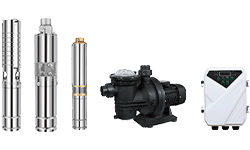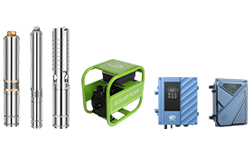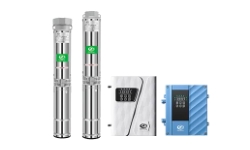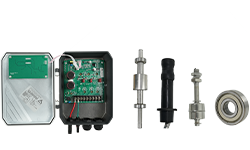Water For Life With Solar Power
We are not just a manufacturer of solar water pumps, we focus on your business and help you achieve your long-term goals.
- Catalog Of Hot-selling Models
- Free Marketing Guidance
- Free Selection Guidance
- Free Customized Service Plan
2 years warranty, quick response to any quality problems within 24 hours. If your team needs professional training, please contact us for online training.























